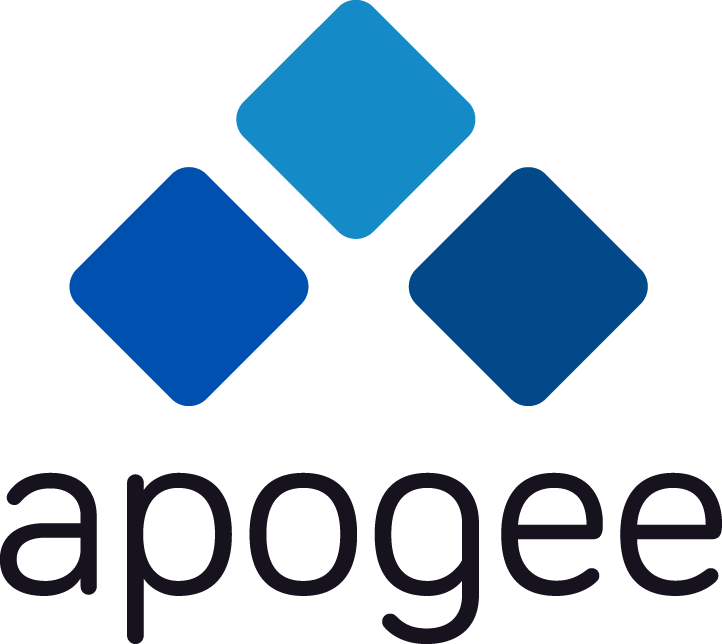Affiliate FTC Compliance
Compliance Protects Affiliates and Merchants Alike
Wherever you are in the affiliate marketing chain, compliance by affiliates affects everyone. The FTC could take action against affiliates, merchants and agencies for failure to disclose material connections. Material connections can be anything from a free sample of a product to cash to a commission paid on an affiliate transaction.
Special thanks to our friends at the Performance Marketing Association for their outstanding Blogging & New Media Disclosure Information report.
Disclosure of Material Connections
Knowing about the connection between advertiser and merchant is important for anyone evaluating the credibility of an endorsement—and under certain circumstances, the FTC regards bloggers, for example, to be endorsers. Truth in advertising is important in all media, including blogs and social sites like Facebook and Twitter. If you have a relationship with a merchant, you must make that relationship clear and conspicuous.
Clear and Conspicuous Disclosures
There exists no perfect disclosure language. A “reasonable consumer” must be able to read and understand the disclosure, and to do so without having to perform a further action.
Clear. Simply placing the word “disclosure” in a post and linking it to disclosure information is not clear. Nor does it satisfy the requirement that consumers not perform a further action.
Conspicuous. Even a well-crafted disclosure notice placed at the bottom of a blog post is not conspicuous. Consumers may click a link, leaving the page—or the website—before reaching the end of the post.
Disclosure language should not be in “legalese”. That fails the clear test. Plain language is preferred, and simple often works.
“<This company> gave me <this product> to review in exchange for my honest opinion.” placed at the top of a blog post gives readers what they need to know.
Likewise, affiliate links can be simply disclosed. “Yesterday, I tried out this new product <link> and I think it’s great! (disclosure: affiliate link).” A general disclosure at the top of a post would also work. “This post contains affiliate links.”
Space Constrained Ads
Consider Twitter, with its 280-character limit. General principles apply across the board, regardless of medium. It doesn’t matter if you have a 3,000 word blog post to work with or a 280-character tweet. Disclosures must be clear and conspicuous.
Generally, the only clear, conspicuous way to convey disclosure in a space constrained medium like Twitter is to begin the message with #ad. Placing the #ad hashtag at the end fails the conspicuous test because it could be overlooked.
Further Reading
- FTC & Promotions – Always Disclose Relationships – Ruth Carter, Carter Law Firm
- The FTC’s Endorsement Guidelines – FTC.gov
- Disclosures 101 For Social Media Influencers – FTC.gov
- FTC Endorsement Guidance 2017 Update – Tricia Meyer
Legal
The content and guidance on this web page is general in nature and is not intended to constitute legal advice. You should consult with your own legal counsel prior to taking, or refraining from taking, any actions regarding these issues. Apogee provides this information “as is” and makes no representations regarding whether the guidance herein complies with applicable law.

